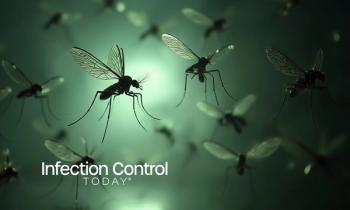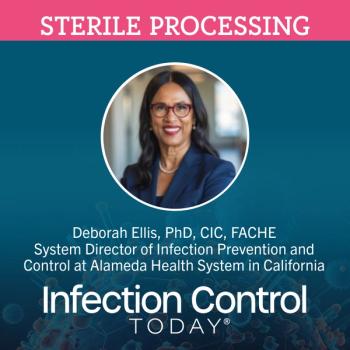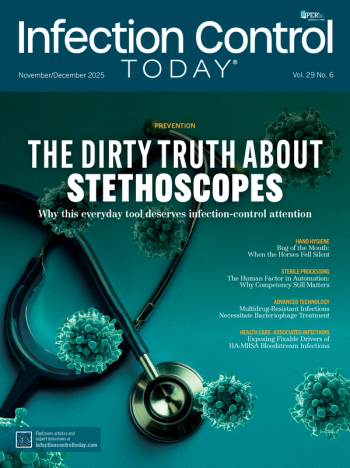
Basic Principles for Disinfectant Selection and Use
There are five key considerations that healthcare professionals should take into account when selecting the optimal disinfectant for the decontamination of environmental surfaces and noncritical patient-care items.
Healthcare personnel should be aware of the many considerations that are part of selecting and using the proper disinfectant in the healthcare environment. Selecting a chemical agent for routine disinfection of the patient room environment can be a complex process that includes careful evaluation of its advantages and drawbacks. For an effective disinfection protocol, consideration should be given to the microorganisms being targeted, type of surface, the characteristics of a specific disinfectant (e.g., compatibility on various surfaces/materials), cost and ease of use, and safety of environmental services personnel. Additional disinfectant-use considerations include kill claims, kill times and wet-contact times, safety, ease-of-use, and other factors.
Editor's Take
Contaminated environmental surfaces provide an important source for transmission of many healthcare-associated pathogens, so knowing how to use the most effective disinfectants for the job is critical.
Takeaways for Your Business
- Discover the five key considerations for selecting the optimal disinfectant
- Review why a disinfectant's contact or dwell time is so critical
- Understand the factors that impact disinfectant efficacy
Newsletter
Stay prepared and protected with Infection Control Today's newsletter, delivering essential updates, best practices, and expert insights for infection preventionists.





